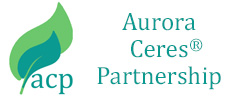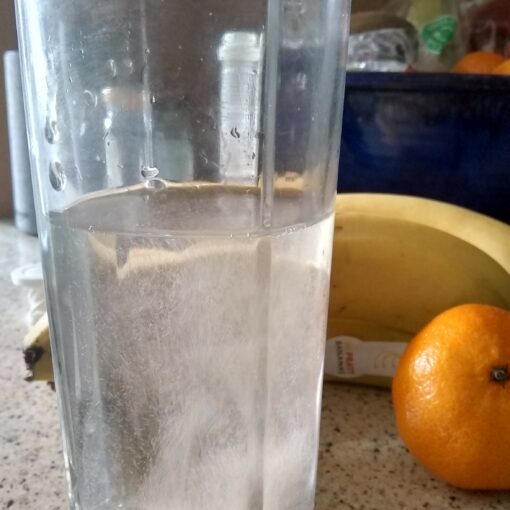Food Innovation for health and well-being in a post-COVID world
Last time ACP opened the discussion regarding the food industry’s response to the new-normal landscape that we find ourselves in. You can find the introductory article on feeding consumer anxiety here. Life remains in a state of flux and this uncertainty is likely to continue for some time, which will continue to feed Consumers’ Anxiety across all industries. However, unlike many industries, food and drink plays a much more fundamental role, and the way in which this industry responds to the most basic health and well-being needs of society will create the foundations of manufacturer and retailer success in our new-normal existence.
This week we will examine the Consumer Anxiety relating to health and wellbeing, meaning foods that will comfort, calm, and heal. Clearly, ‘health and wellbeing’ was a strong ever-present trend, but the new landscape is likely to require more major aspects of health and wellbeing to be delivered, compared to recent years. Consumer’s have been forced to think about their basic fitness and health, and how they might measure up should they succumb to Covid19. We consumers have also had to endure frightening and stressful realities; everyone has a different story, but we all have them. Food that strengthens our bodies and our minds have been essential and will continue to be.
But overlay onto this anxiety of job uncertainty, redundancies, and potential further disruptions, and the issue of price sensitivity and value for money will raise its head in ways that we have not seen recent, prosperous years. (Does this want to be discussed separately, or included in this second blog?)
The nutraceutical health and wellbeing trends relating to immune-health, strength, cardio- and lung-health, are likely to remain strong. The extremes of beauty ingredients and sports health may have opportunities to cross-over into the immune-health arena, but the focus for some time may be on essentials dominating desirables. The message is likely to be ‘back to basics with a health, wellbeing and cost influence’.
Traditional processing
One of the key themes seen during the last two – three years was the emergence of accessing traditional processing techniques as sustainable methods of ingredient production and new products development. Fermentation has established itself as a means to sustainably produce a wide range of ‘food ingredients from collagen to palm oil. This has penetrated many sectors as is seen in the craft brewing movement and the growth of the kombucha market. As we gain more knowledge about the importance of the microbiome, ‘live’ products such as Kombucha start to possess a greater importance.
A fair question is to ask whether COVID has created a perfect storm for re-establishing traditional techniques: They were already on the rise and time-rich seasoned as well as ‘first-time’ foodies have had the time to explore scratch-cooking, baking, brewing, pickling and fermenting. At a time that government intervention into health and well-being is inevitable, opportunities will exist in this interesting and broad sector.
So, what will this mean for NPD?
Some of the large players in the food and drink industry have already made their intentions clear. Mondelez for example stated they would be reducing their Stock Keeping Units (SKUS’s) and change its innovation focus significantly as they ride the ‘COVID’ storm and brace themselves for the inevitable recession. This simplification of portfolio has been on the cards for a number of years as we saw multiple brand extensions and cross-overs, but at a time where trust is paramount it’s time to pare back on this. The consumer has gone through a period of ‘making do’ – even going without with financial uncertainty and limited access to shops, so as ‘normal’ resumes it will be ‘old faithful’ they reach for, rather than iterations, variations and extensions of a theme.
This doesn’t mean NPD and innovation stops. It just re-focusses into optimising core products, those ‘big ticket’ items that the consumers will always return to. The short-term innovation focus will be to make these products more holistically healthy whilst retaining consumer confidence and trust.
It is also a good time to reflect on innovation pipelines, and now is the time to ‘kill or fill’ those projects. Focus needs to be on the short-term goals, but with an eye on the medium term as the new ‘post-COVID’ normal returns. That pipeline needs re-filling with ideas, inspiration and concepts that will satisfy the consumer once horizons start to broaden again and now is the time explore how the trends, such as traditional processing, can be applied to a product or brand.



